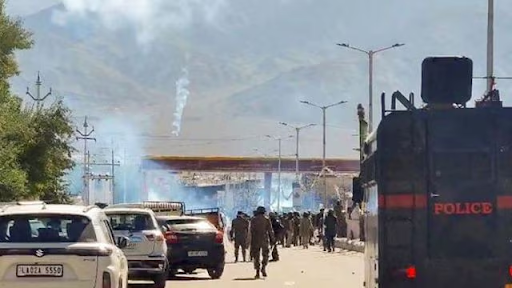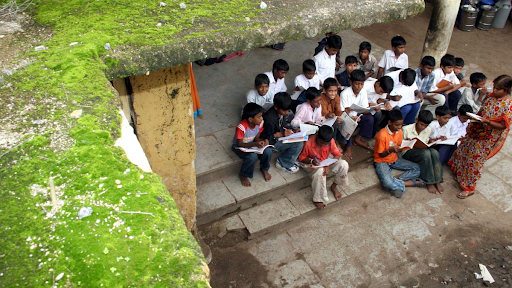Description

Copyright infringement not intended
Picture Courtesy: https://www.thehindu.com/news/national/report-reveals-minimal-use-of-plea-bargaining-in-india/article68569128.ece
Context:
The Ministry of Law and Justice report, "Access to Justice through Plea Bargaining as an Alternative Model to Traditional Criminal Trial in India," highlighted poor implementation of plea bargaining.
What is Plea Bargaining?
- It is a legal practice where an accused person files a petition to a lesser charge or receives a reduced sentence in exchange for avoiding a full trial.
- It was introduced in India in 2005 to speed up the legal process, save court resources, and provide a quicker resolution for both parties.
- It is only applicable to crimes punishable by up to seven years in prison and does not cover serious offences such as those involving women, children, or socio-economic crimes.
Recent Report
●The Ministry of Law and Justice Report highlighted that only 0.11% of the criminal cases in 2022 were resolved through plea bargaining.
- Out of over 17 million cases tried in 2022, just 19,135 were settled using this method.
●The low utilization rate suggests that the practice is not fully supported by the legal system or its participants.
|
Reasons for the minimal use of plea bargaining
- Plea bargaining is seen as less appealing than alternative processes such as compounding (settlement) or quashing (dismissal of proceedings). These options provide better results or smoother processes, making plea bargaining less attractive.
- The report highlighted that plea bargaining is implemented after charges are framed, contrary to the intended process which suggests it should occur earlier. This prescribed process discourages its use.
- The law prohibits plea bargaining from being applied to serious offences. This limitation reduces its applicability in many cases.
- The report highlights the inconsistent application of plea bargaining, even in cases involving women and children, despite the legal restrictions. This compromises the credibility of the process.
Way forward
- Plea bargaining should be promoted earlier in the legal process, ideally before charges are filed, to comply with its objective and increase its effectiveness.
- Transferring negotiation procedures to arbitration cells rather than courts might reduce the pressure on judges while also accelerating the process.
- For offences punishable by up to three years and involving offenders with no prior criminal record, courts could consider conditional discharge.
- Raising awareness and training for legal practitioners regarding the benefits and processes of plea bargaining can help in increasing its use.
Source:
The Hindu
|
PRACTICE QUESTION
Q. Which of the following correctly describes the main objective of plea bargaining in criminal justice systems?
A. To ensure that the defendant receives the maximum possible punishment.
B. To ensure that the defendant’s conviction is dismissed on appeal.
C. To speed up the legal process by encouraging offenders to plead guilty in exchange for a lesser sentence.
D. To provide additional funding for public defenders
Answer: C
Explanation:
Plea bargaining is a legal practice in which a defendant agrees to plead guilty to a lesser charge or accept a reduced punishment in return for giving up their right to a trial. The fundamental goal of this method is to speed up the judicial process and reduce the workload on courts by resolving cases more efficiently.
|











